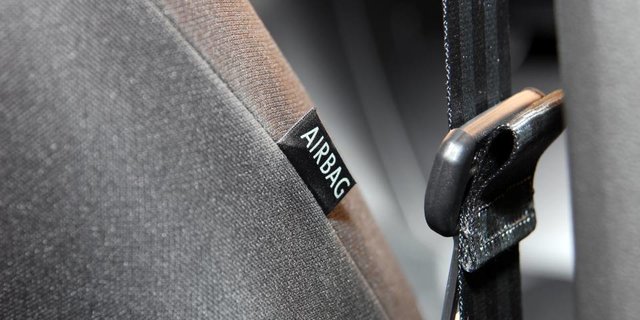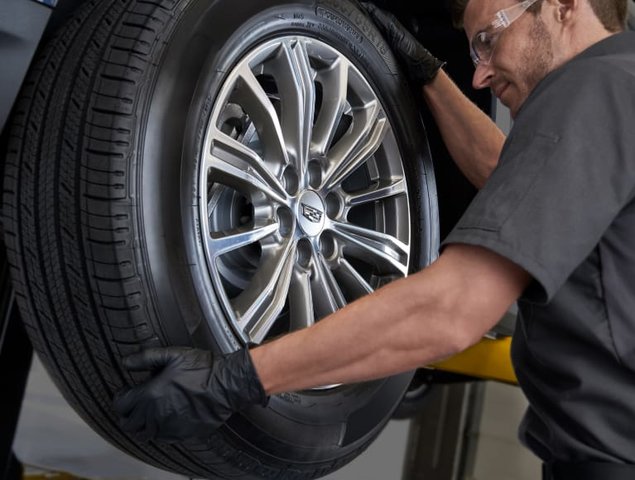You may wonder why add-on seat covers aren’t as popular anymore. We still get our car’s seats dirty, grimy and smelly, but these days, it seems only a minority still slap on some neon-camo or faux fir seat covers. Well, those die-hard, keep-it-showroom-fresh drivers – or those simply seeking a bit more personalization – will have to rethink their interior decorating hobbies thanks to seat-side airbags.
Most modern vehicles have seat-mounted side airbags. These units are usually located under the factory fabric or leather seat-back covers on both out-board sides of the front seats, nearest to the doors. They contain an explosive canister designed to inflate the airbags, and while they’re designed to protect in side-impact crashes, they may also deploy during front-offset events. They’re easily identified by a fabric label sewn into the side panel of the seat, near the top. So, what’s all this got to do with add-on seat-covers?
The factory covers on airbag-equipped seats have specifically treated stitching attaching the upper side panels to the remaining pieces. In the event of an side airbag deployment, this stitching will let the panel easily tear away in a planned fashion, so as not to inhibit the full and immediate inflation of the bag.
More importantly, if just one fold of the fabric is impeded in any way, it can alter or delay the full and protective cushioning effect between your head and upper body, and the sheet metal, glass, or plastic hurtling towards you. If you add any layer or thickness of a seat cover, side airbags won’t be able to do their job. So, when it comes to protecting the upholstery on our front seats, what can we do?
There are a limited number of seat covers that are compatible with side airbags. But even with a credible source for such covers, few – if any – have been tested in recognized laboratory crashes to measure their effect on air-bag deployment. Most use Velcro attachments for side panels, while other manufacturers chose not to accept the risk of using any seat cover with airbags and label their products as non-compatible.
There are covers available that have no upper side panels, and instead use fabric elastic bands to hold the covers in place. These are acceptable, provided the bands don’t cover the side airbag, meaning the installer must know the exact location of the airbag in the seat. It’s contained in a hard shell, and can often be felt through the seat cover and foam. But if you’re not sure, don’t guess. Rather, let a qualified service provider mark out its boundaries in visible tape.
You can always opt for custom-fit seat bottom covers only and consider a rectangular throw for the seat backs that doesn’t cover the side panels in any way, shape, or form. With a few stitches on this throw, you can easily attach your own fabric elastic bands in the correct positions.
Remember – airbags are only located on the outboard panels of the front seats, so you can cover in inner-facing side panels without any concern.









